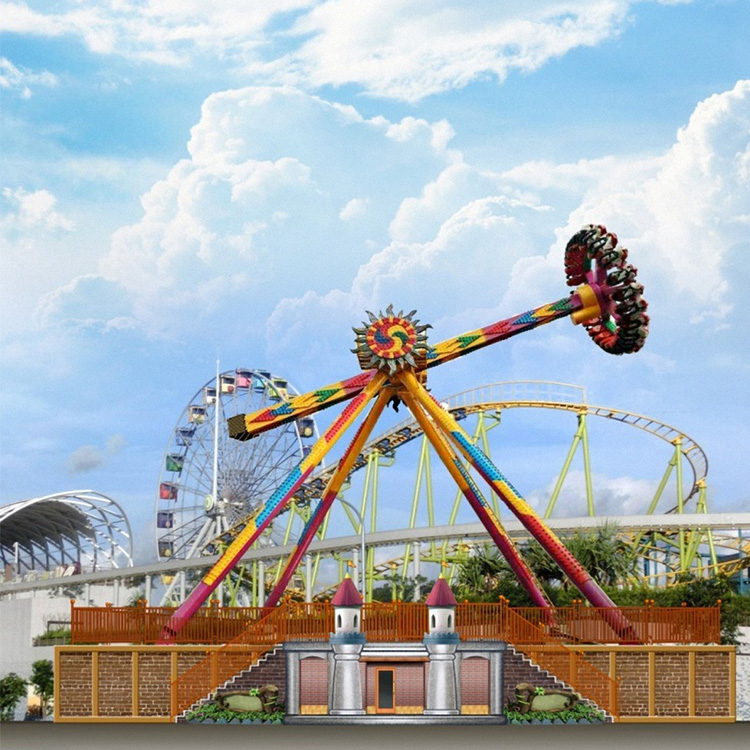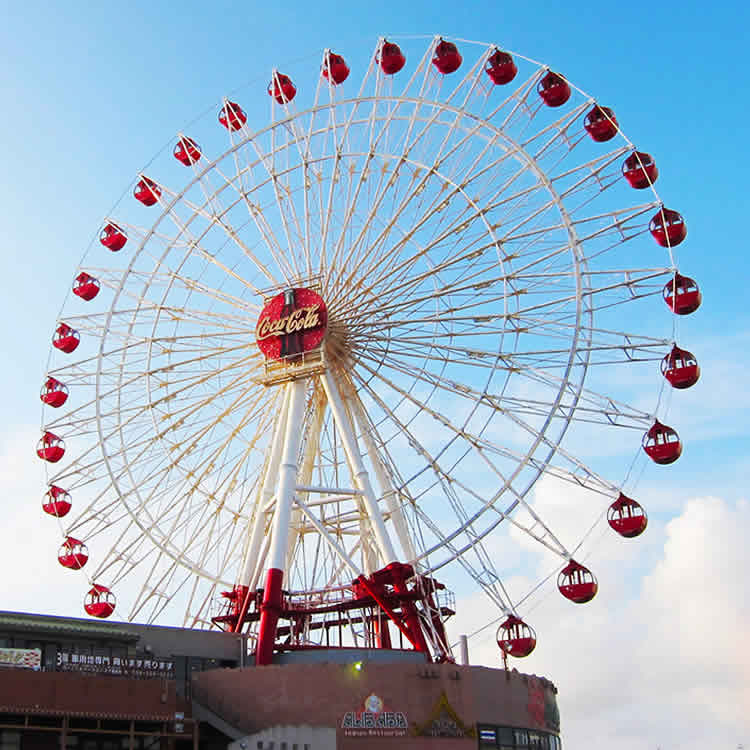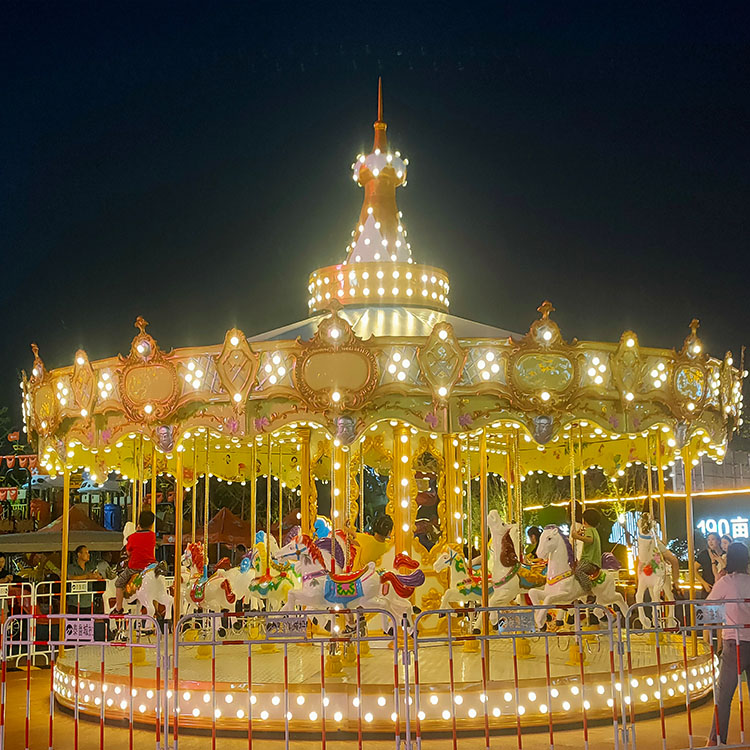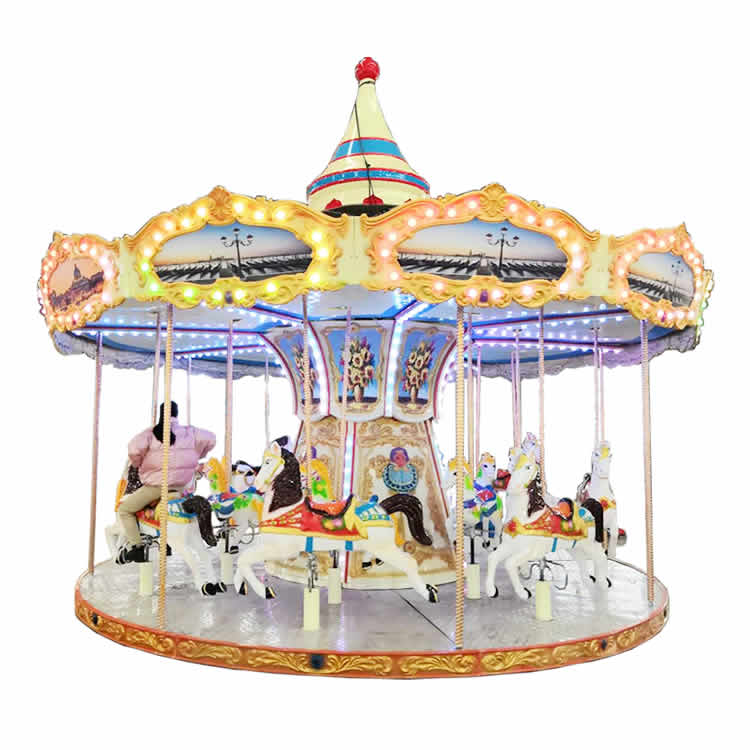High Quality Products & Services for Your Business
Maintenance Guide for Mechanical and Electric Amusement Rides: Key Points for Daily Inspection
Amusement rides, as a core component of the cultural tourism industry, have a direct impact on visitor experience and operational reputation. For mechanical and electrical rides, effective maintenance not only extends equipment life but also prevents safety hazards. As a globally renowned amusement ride supplier, HOTFUN has developed a systematic maintenance system based on its experience in the production and commissioning of hundreds of rides. This article will focus on routine inspections and provide operators with practical, actionable guidance.
- Mechanical Structure: Building a Solid “Skeleton” for Safe Operation
The mechanical structure is the load-bearing core of an amusement ride. Daily inspections should focus on two key aspects: connection strength and structural integrity.

Inspecting the tightness of key joints: Focus on bolts, pins, welds, and other connections. For example, roller coaster tracks require daily testing of the preload of track connectors with a torque wrench to ensure compliance with the values specified in the equipment manual (typically within a ±5% tolerance). For support arms of rotating equipment (such as chairlifts and pendulums), the pins must be inspected for axial play and clearance measured with a dedicated feeler gauge. Any clearance exceeding 0.3mm requires immediate shutdown and repair.
Structural deformation and wear monitoring: Metal structural components are inspected visually and using tools. For example, the columns of observation cars should be inspected for signs of bending and rust. An ultrasonic thickness gauge can be used to measure the wall thickness of rusted areas. If the wall thickness reduction exceeds 10% of the design value, reinforcement or replacement procedures are required. For bumper car frames, stress concentration areas (such as the knuckle-frame connection) must be inspected for cracks. Penetrant can be applied regularly to assist with inspection.
2、 Electrical System: The “Nerve Center” of Equipment Operation
The electrical system is the core of equipment startup and shutdown, as well as motion control. Inspections should cover power supply stability and control accuracy. Power supply and wiring inspection: Before starting up the equipment daily, use a multimeter to check whether the main power supply voltage is within ±10% of the rated value (e.g., 380V equipment should be stable at 342-418V). Inspect cables for damage or aging, especially cable connectors in outdoor equipment. Verify that waterproof seals are intact to prevent rainwater from seeping in and causing short circuits. For PLC-controlled equipment (such as the lifting system in a rapids game), check whether the input and output module indicators are functioning properly and regularly access fault code logs using dedicated software.
Safety protection device testing: Safety devices such as emergency stop buttons, limit switches, and overload protectors require daily functional testing. For example, after pressing the emergency stop button, the equipment should shut off power within the specified time (usually ≤2 seconds) and all moving parts should stop. For fall arresters on high-altitude drop equipment (such as bungee jumping towers), simulate triggering conditions to confirm that the locking response time meets national standards (≤0.15 seconds). 3. Transmission System: The “Power Hub” Ensuring Power Transmission
The operating condition of the transmission system (motor, reducer, chain, belt, etc.) directly affects the smooth operation of the equipment. Inspections should focus on “power output” and “lubrication status.”
Power Component Operation Monitoring: During operation, the motor housing temperature should be measured with an infrared thermometer. The temperature rise of asynchronous motors must not exceed 80K (ambient temperature + 80°C). For reducers, check the oil level to ensure it is within the specified range and observe for leaks. Ensure that there is no abnormal noise during operation (a sound level meter can be used for measurement; normal operating noise should be ≤85dB).
Transmission Connector Inspection: For chain drives, check the tension. Press the center of the chain manually; the deflection should be between 10-20mm. Apply special chain lubricant (at least once a month). For belt drives, check the belts for cracks and slippage. For equipment with multiple belts (such as the drive system of a carousel), ensure that the belts are of uniform length and evenly distributed. IV. Inspection Records and Emergency Response
Daily inspections require a documented “Who Inspects, Who Signs, Who is Responsible” system. This document should include the inspection time, location, data, any abnormalities, and the results of any actions taken. If a major hazard (such as a structural crack or electrical short circuit) is discovered, the ride must be shut down immediately and contact the manufacturer’s technicians. Unauthorized repairs are prohibited. HOTFUN provides 24-hour technical support to all customers, and can quickly respond to maintenance requests through the official after-sales channel.
Perfect daily inspections are fundamental to the safe operation of amusement facilities. Subsequent articles will delve into advanced topics such as regular maintenance and troubleshooting to help operators establish a full-cycle maintenance system.
Related recommendations
-
Best Ferris Wheel Manufacturers: How to Choose the Right Supplier
169Looking for the best Ferris wheel manufacturers? Discover top suppliers with CE certification, global project experience, and custom designs. Choose HOTFUN for safe and profitable Ferris wheels.
View details -
Best Carousel Ride Manufacturers in China with Global Delivery
165Looking for the best carousel ride manufacturers in China? HOTFUN offers mini, medium, and luxury double-decker carousels with global delivery and installation support.
View details -
Maintenance and Maintenance Requirements for Ferris Wheels
799Ferris wheels are iconic structures that provide breathtaking views from great heights. They are popular attractions at amusement parks, fairs, and tourist destinations. However, due to the complexity of their design and the safety risks involved...
View details -
How to Find the Right Supplier for Carousel Amusement Equipment
938Selecting the right supplier for carousel amusement equipment is essential for ensuring the quality, safety, and longevity of your investment. A reliable supplier will provide equipment that meets safety standards and delivers a delightful experi...
View details
 chinaparkrides
chinaparkrides






Leave a Reply